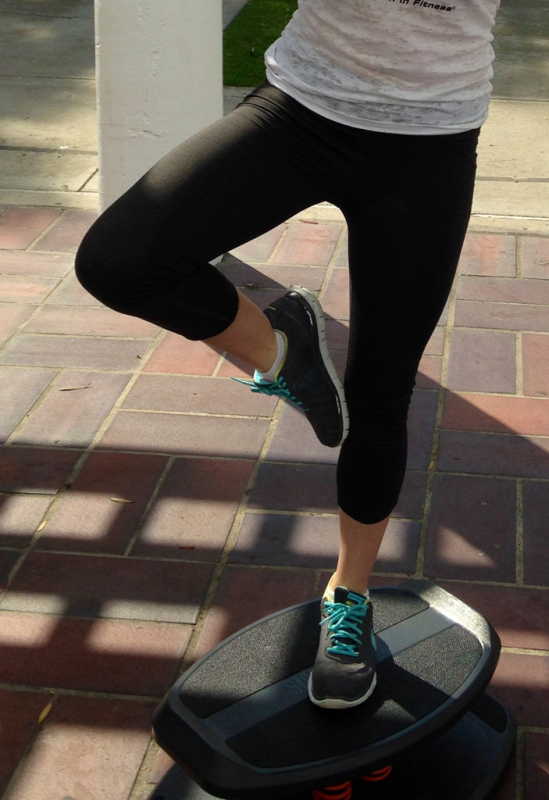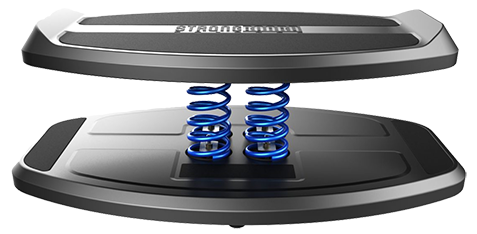
How does proprioception work and why is it important?
Proprioception is defined as “The sense of knowing where the body is in relation to its various segments and the external environment” (“Essentials of Exercise Science”-ACE). Your proprioceptors send signals to your brain, and are an essential part of the mind-body connection. Proprioception is a key component to developing better-balanced, more reactive, and stronger muscles.
The body has several kinds of proprioceptors, and they are defined by and function based off of their location. The proprioceptors in your skin, muscles, joints, and inner ear are very different and send a variety of signals to the brain. For example, the proprioceptors in your ear (often called your vestibular system), tell your brain where your head is located in space. If these receive mixed signals, or sense that something is “off” (like when you’re experiencing turbulence on a plane or rough waters while riding a boat), you can experience motion sickness.
The reason why your proprioceptors in your muscles and joint capsules are so essential for balance is because they signal the brain to increase muscular contraction, stretching, and reaction time. If we can sense changes in pressure around the joint, the brain will communicate to the muscles surrounding the joint to activate, strengthen, and stabilize these muscles. The stronger we can make these connections from challenging our balance, the stronger and more reactive our muscles become. This can prevent falls, improve our posture, strengthen the relationship between the mind and body, and our visual-spatial awareness.
Performing exercises on a less-stable base (like on StrongBoard Balance, BOSU ball, wobble-board, or one-leg) can significantly improve your proprioception.
Share your favorite balance exercises in the comments section below!
Stay Balanced!



